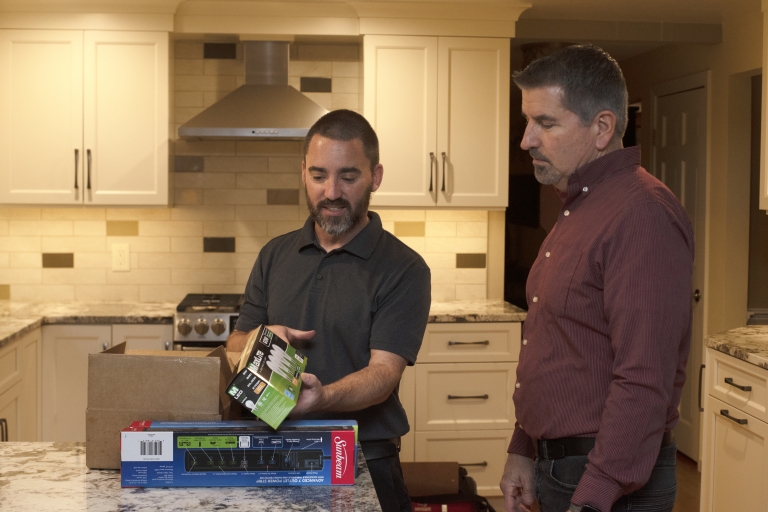Energy Draining Appliances and How to Identify Them

We all know certain appliances in our homes are big energy users—think: HVAC systems, washers and dryers, lighting. But have you ever stopped to think about what appliances may be using energy even when they’re not in use?
Defining Phantom Loads
You may have heard the term “phantom loads,” also known as “energy vampires.” This refers to an appliance or device that is still drawing electricity even when it is turned off. How does this happen?
Devices such as televisions and computers all use what is called “standby power” to keep certain features like clocks and timers ready to go the minute we turn them on. While this is beneficial in that it means you don’t have to spend any additional time reprogramming anything to the proper settings, it also means your device is drawing energy to keep this standby power running.
Other reasons phantom loads may occur include continuous displays, temperature monitoring and the need to receive a signal.
Common Culprits
As mentioned above, televisions and computers are often culprits of phantom loads. But what other devices cause this continuous power draw? Keep in mind that some devices mentioned require the continuous draw for the intended function, limiting the ability to mitigate the additional energy usage.
- Electronics and Gaming Consoles—Electronics such as gaming consoles often receive a signal from your remote control even when they are powered off.
- Thermostats—Thermostats need to continuously monitor the temperature in your home, meaning they are always drawing power.
- Kitchen Appliances—Refrigerators are a major energy vampire due to their need to regulate the temperature inside. But did you know other smaller devices, such as microwaves and coffee makers, can also contribute to phantom loads due to their continuous displays?
The common theme with all of these items is that they all have something causing them to continuously draw energy. And while some devices are less likely to use a lot of phantom energy (for example, your microwave or radio are not going to draw nearly the energy as your television or gaming console), you may be curious as to how much energy you could save by finding a solution.
A watt meter can help you see if a certain device is using power even when it is turned off. This device plugs into the wall, and then you plug your appliance into it to see how much power is being used.
Finding a Solution
If you’d rather not worry about phantom loads, you have a few options available.
Unplug your devices. While this can be more hassle than it’s worth, unplugging your devices that draw major phantom loads while not in use will certainly make a difference on your energy bills. Of course, for devices and appliances that need to regulate temperature or provide continuous monitoring (like a refrigerator), we do not recommend unplugging.
Use energy-saving mode. Many devices do offer energy-saving settings to help combat the phantom load issue, so make sure to check your settings and enable these energy-saving features whenever possible.
Invest in an advanced power strip. Perhaps the easiest solution of all, you can invest in an advanced power strip from your Energize Connecticut℠ Sponsors. Advanced power strips allow you to plug all your devices into one strip and prevent your electronics from drawing power while they are idle, saving you both time and energy. Even better? Your Energize Connecticut Sponsors offer up to a $40 rebate on select models.
- Eversource customers: https://www.poweredbyefi.org/eversourcect/shop-all-products/aps.html
- UI customers: https://uismartsolutions.com/Power-Strips/



